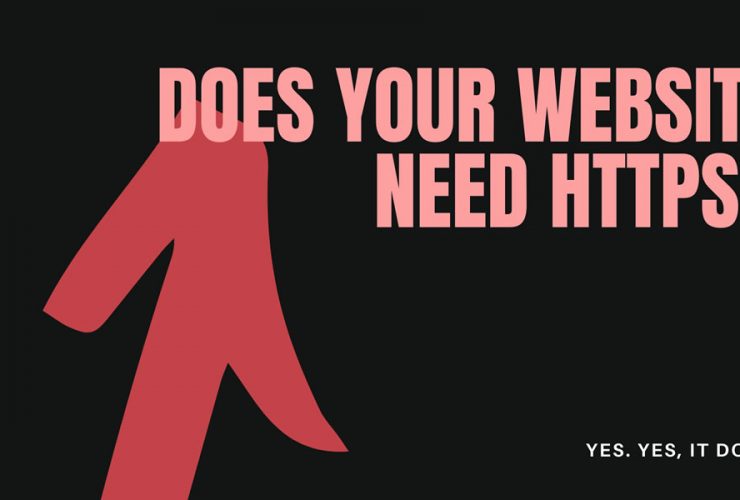2020 has been a tough year for many businesses. Lockdowns, restrictions, and new ways of doing business have cast a pall of uncertainty as we approach 2021.
There’s good news…
More than ever, the web should be a critical part of your business plan. If you have a web site, you already have a critical tool in place to help you pivot, adapt, and continue to move forward.
Here’s a quick checklist to get you started.
1. Ensure your site is using HTTPS.
Every web site should be using HTTPS. It improves security, boosts user confidence, increases conversions, and improves SEO. See Does Your Web Site Need HTTPS? for more information.
2. Optimize for Mobile Viewing

Every web site should be responsive (meaning, your site should automatically respond and adapt to the device it’s being viewed on).
statista reports that mobile devices generated over 50% of global web site traffic in Q3 2020.
Sites not built for mobile viewing are given lower priority in search engines rankings, they’re harder to use (pinch to zoom is soooo 2016), and let’s face it…they look old and out of date.
If your website is old and out of date, potential customers might just assume your business is old and out of date, too.
3. Update Your Design
Speaking of old and out of date, take a look at your site and see if it looks like a site you would want to do business with (if you didn’t already know how awesome your business is).
While there’s no hard and fast rule dictating how often you should update the look of your site, Business 2 Community reports the average shelf life of a website is 1.5 to 2.5 years. We’ve found our designs typically age a little better than that, but if your site design is 4+ years old, you should seriously consider an update.
If you’ve ever been tempted to say, “I have a website, but please don’t look at it…”, it might be time for a redesign.
4. Consider Search Engine Optimization

According to searchenginejournal.com, organic searches through search engines are most often the primary source of web traffic.
But you knew that already, because when you want to find something on the web, you “google” it (or bing it, or duckduckgo it). If you haven’t optimized your site for search engine visibility in the last 2 years, you’re losing traffic.
5. Do a Content Review
Old, stale content is bad for your web visitors and bad for search engine visibility. Take a few minutes to review the content on your site.
At the very least, do a basic update. Remove obsolete pages, add new pages, if needed, and rewrite as many pages as possible. Test links to ensure they haven’t broken, and double-check for spelling or grammatical errors.
Search engines like to know you’re paying attention to the content on your site, and your visitors need up-to-date information.
We recommend a monthly review of your content — you’ll be amazed how often you find information that should be updated.
6. Create a Marketing Tool
If someone visits your site, you already have a “qualified lead.” They probably wouldn’t be there if they weren’t interested in what you offer.
Is there a way to use your site to capture those leads and/or move the web visitor down the path to becoming a customer? Start thinking of your site as more than a simple brochure.
In 2021, a website provides an incredible opportunity for the business willing to explore opportunities and potential. There’s no better time to utilize digital power to grow and thrive!




